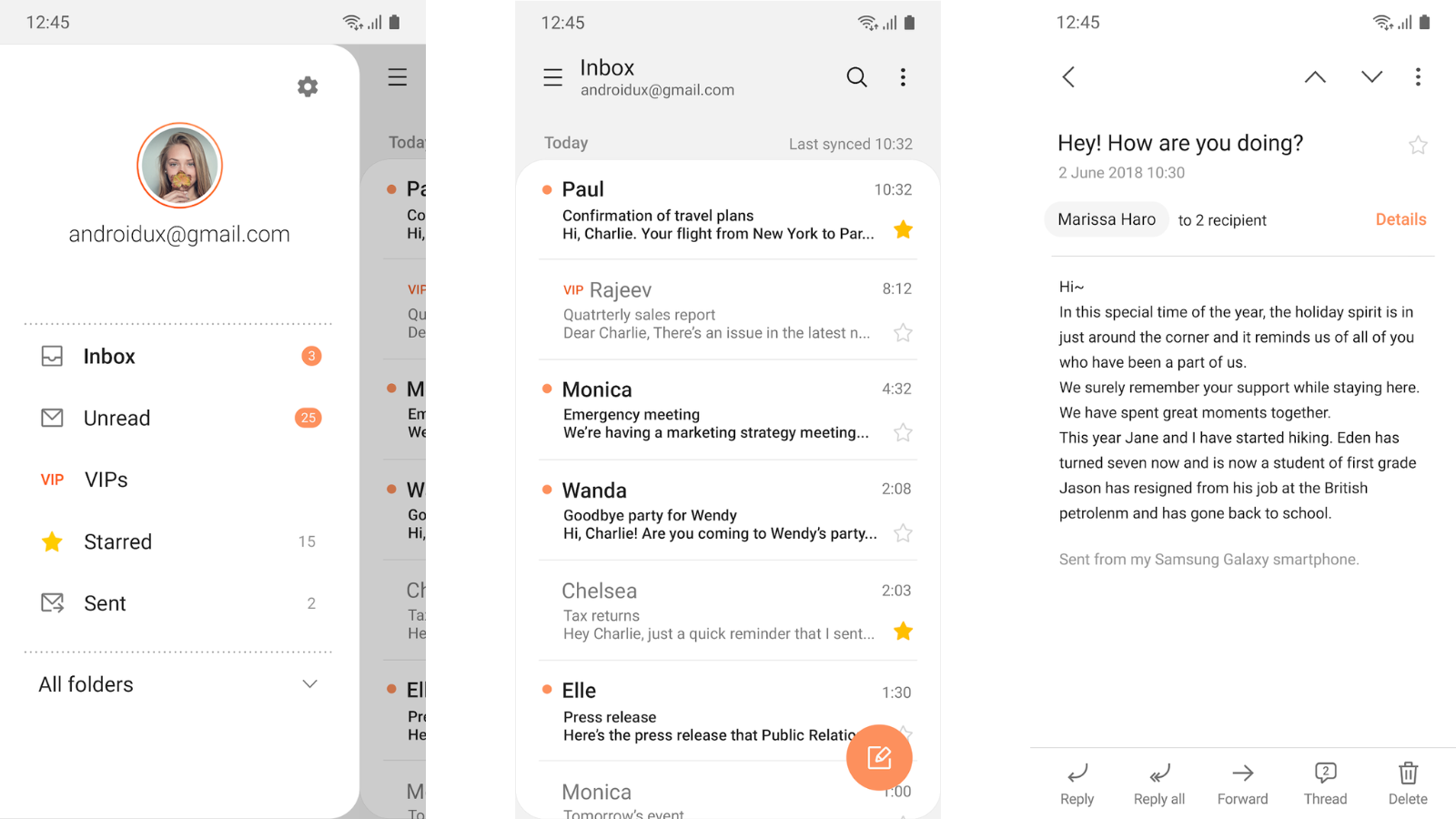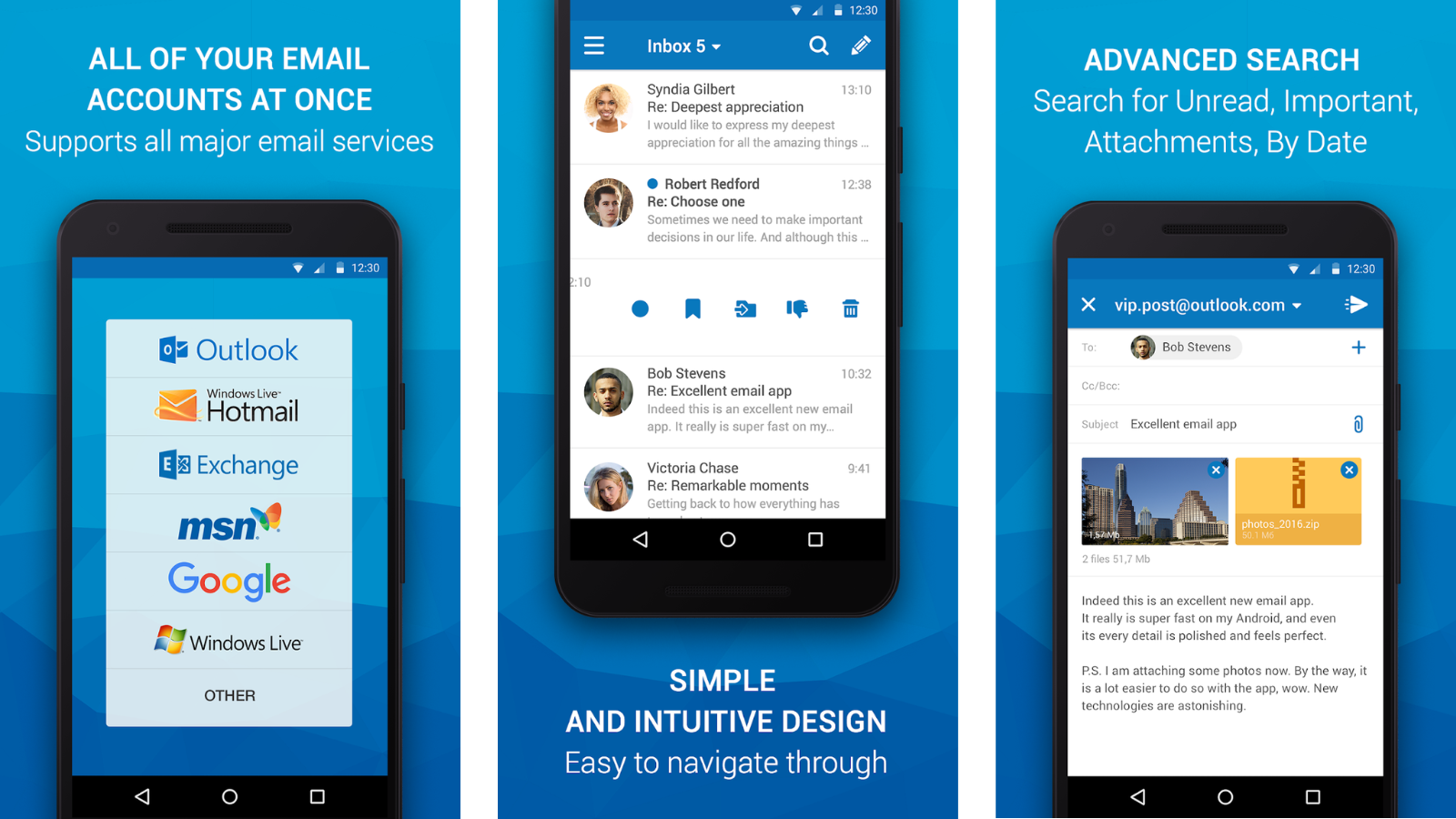Affiliate links on Android Authority may earn us a commission. Learn more.
12 best email apps for Android to manage your inbox
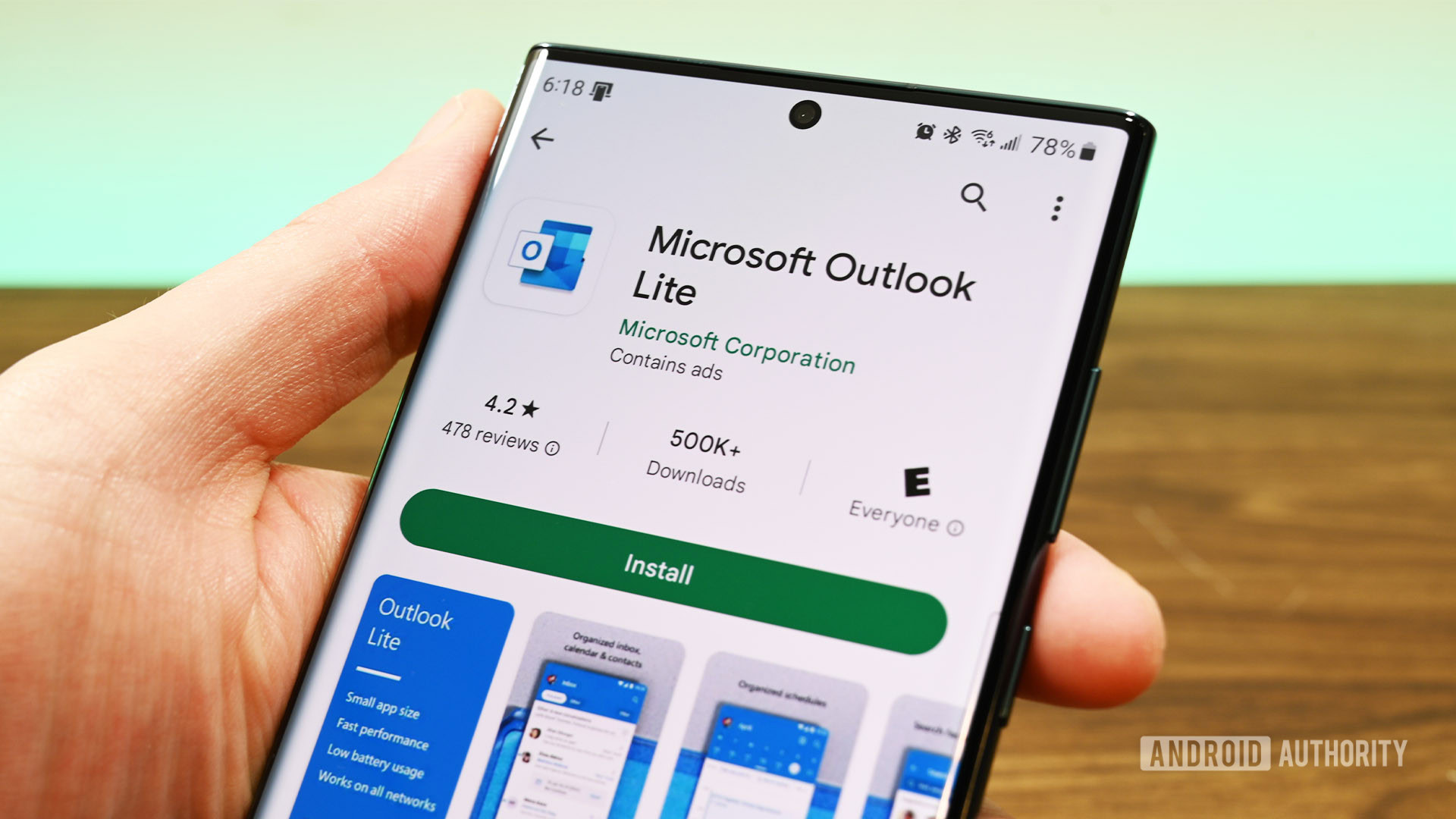
Email is one of the oldest and most essential forms of online communication. It’s a service many of us use every single day. Tons of email services and email apps accompany them. Some may only have a single Gmail, Outlook, or Yahoo account. Their apps will give you the best experience. However, most people have email apps from multiple providers and want something that can aggregate it all into one spot. If you’re looking for something new, here are the best email apps for Android. The latter half of the decade was rough for email clients, as some of the best (such as Inbox by Gmail and Astro) went down in flames. We will miss them greatly.
We’d also like to officially mention Hey (Google Play link). It’s an exciting and entertaining email app, but it gives you a new and expensive email address, so putting it on the list is difficult. It has some decent features, so check it out if you want another option.
The best email apps for Android
Blue Mail
Price: Free
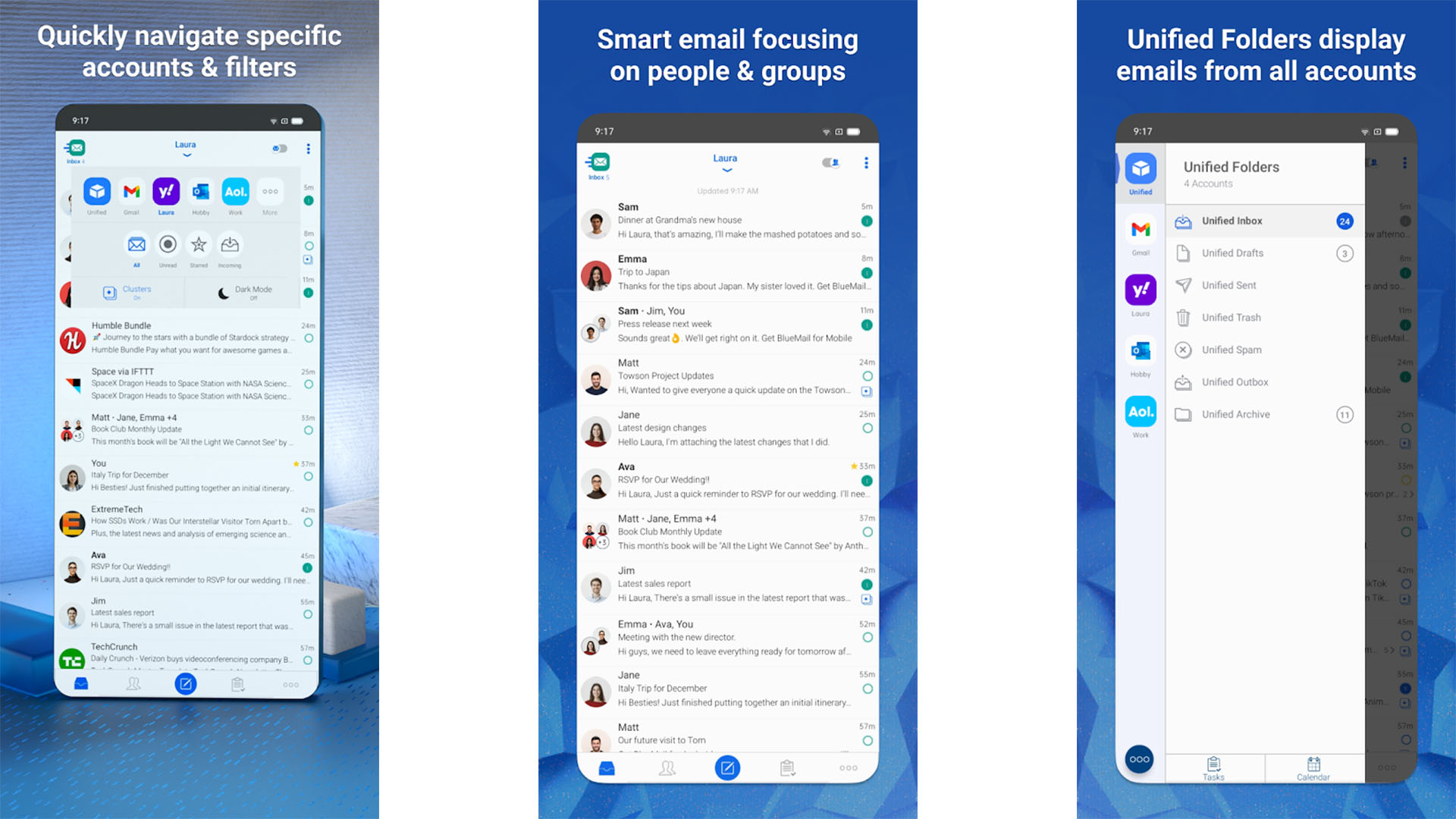
Blue Mail is one of the most popular email apps out there. It supports various clients, including Gmail, Yahoo, Outlook, Office 365, and virtually any other POP3, IMAP, or Exchange clients. The app has a variety of notification settings for each one of your email accounts and also comes with some fun stuff like Android Wear support, configurable menus, and even a dark theme. It also has some intelligent features if you want them. It’s powerful, and it’s completely free. There is a potential privacy issue since Blue Mail uses its servers, but most likely won’t mind.
Cleanfox
Price: Free
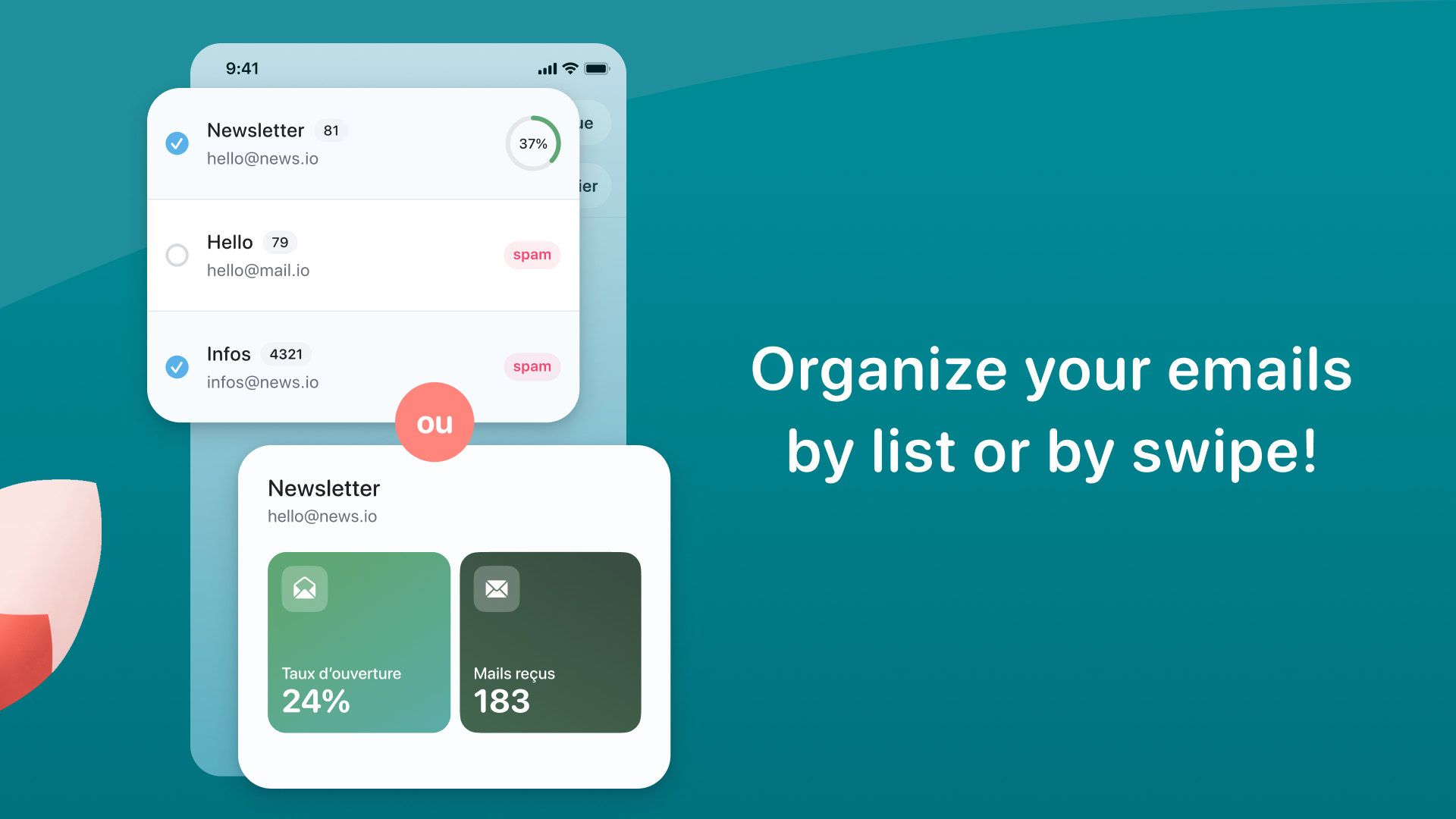
Cleanfox isn’t an email client but a helpful app for email users. It helps you unsubscribe from the likely many things you somehow subscribed to. You connect your email accounts to the app, which runs through and finds all your subscriptions. It then unsubscribes you from them if you want it to. It can also delete old emails from those subscriptions and help you manage things in other ways. It’s a free app, and it’s not difficult to use. Most of the complaints are regarding bugs, which exist, but Cleanfox does what it can and works for most.
Gmail
Price: Free
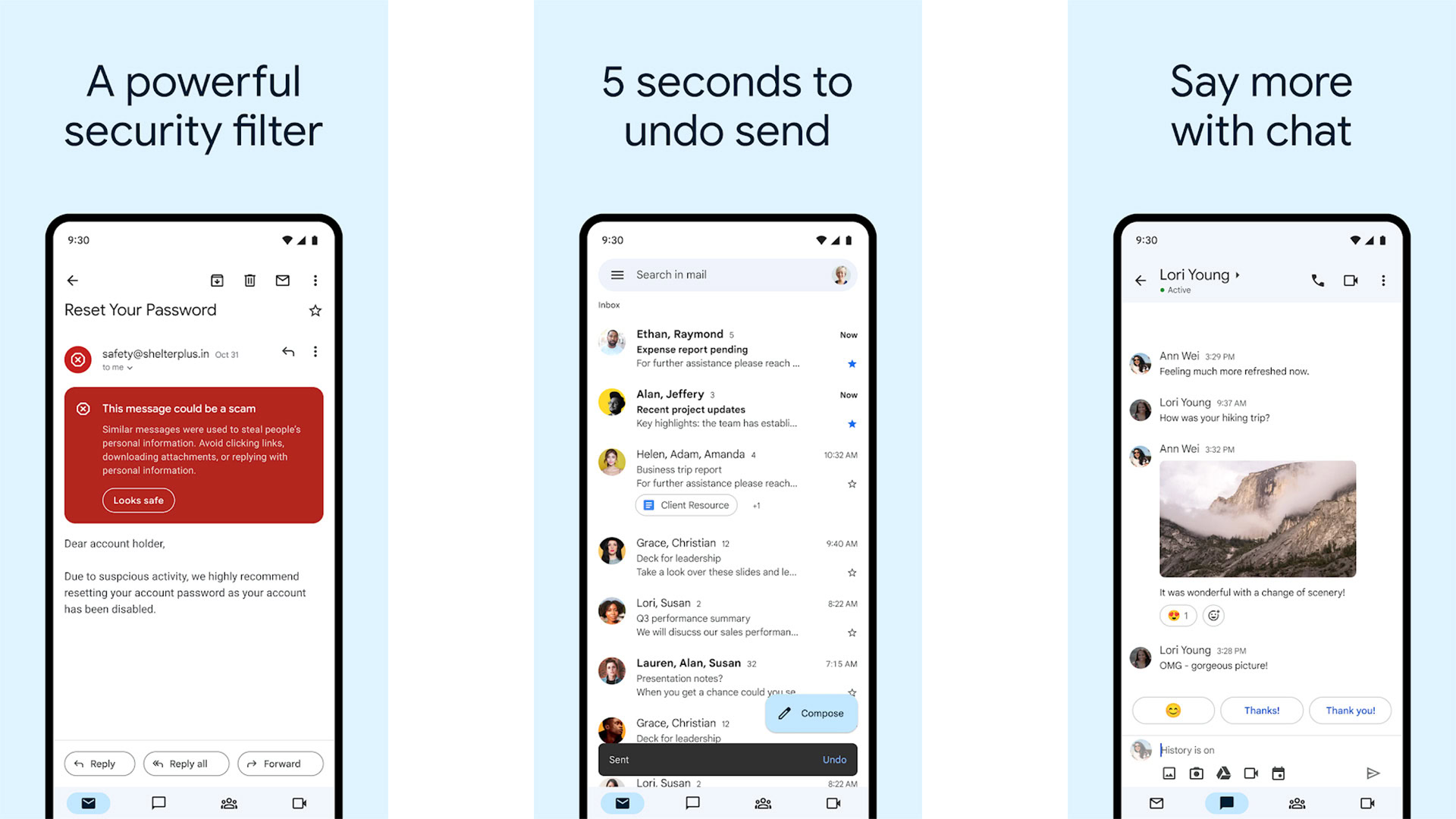
Gmail is a cheap pick for email apps. It comes pre-installed on most Android devices, so you probably already have it. The app supports multiple inbox settings, multiple accounts, and more. It also supports most email services, including Yahoo, Microsoft Outlook, and others. It also supports a unified inbox, Material Design, and more. The team also added a bunch of Inbox by Google features before that client was taken down. It’s an excellent option for most folks.
Microsoft Outlook
Price: Free
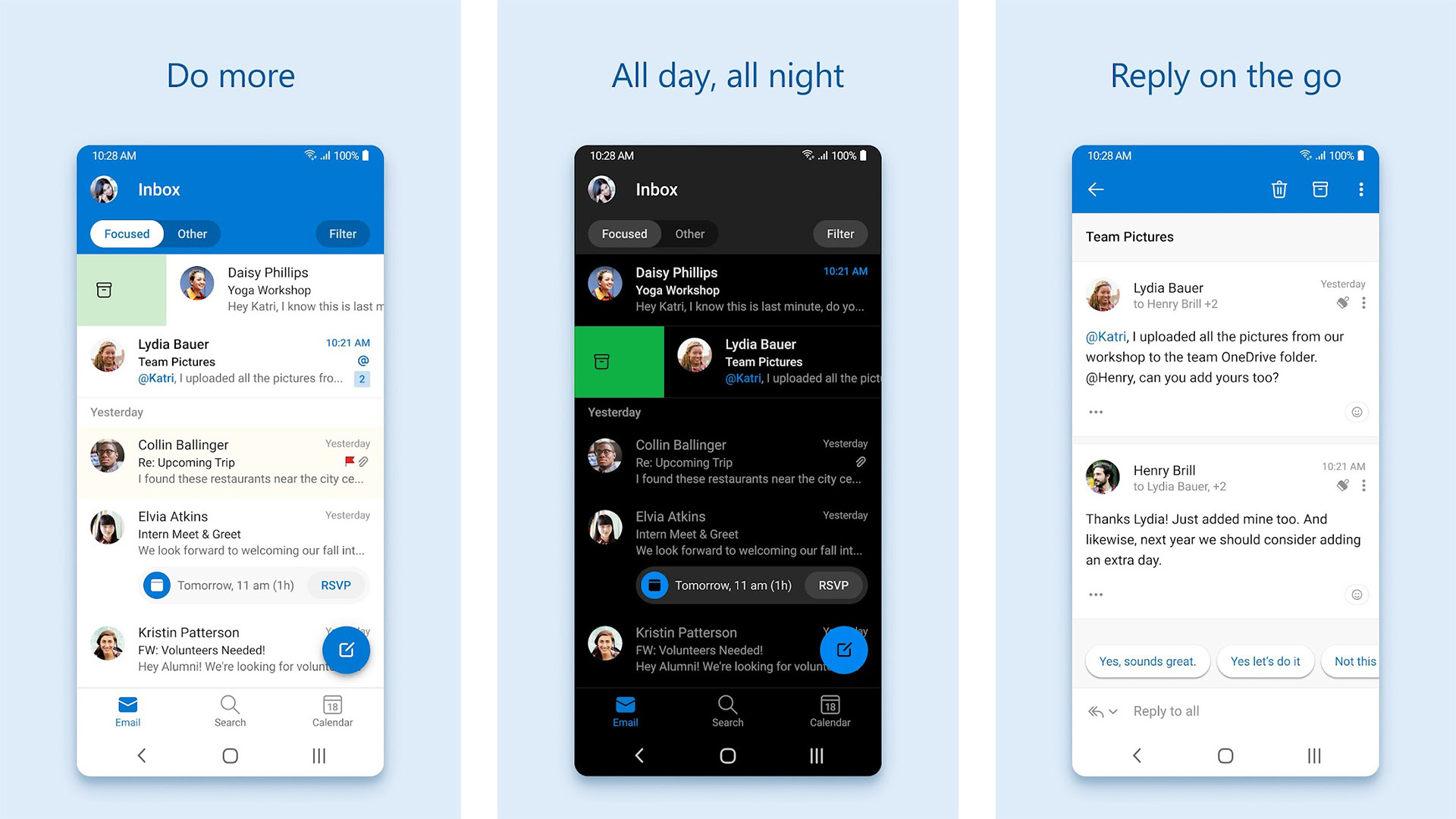
Microsoft Outlook is a surprisingly decent email app. It features a simple UI, easy-to-configure features, and a dark mode if you’re into that. It also supports multiple email providers like Gmail, Yahoo, and others. There are also some Outlook-specific features, including a Focused Inbox feature to ignore spam and an integrated calendar. There is also the expected integration with other Microsoft Office products. It’s free to use, and with so many complex email apps, this one is relatively simple and easy.
Nine
Price: Free / $14.99

Nine is one of the better email apps if you’re concerned about security and use Outlook. It boasts no server or cloud features whatsoever. The app connects you to the email services. On top of that, it has support for Exchange ActiveSync, which is to be expected for any app that boasts Exchange support. You have various options, including selecting which folders you want to sync and Wear OS support. It’s relatively expensive as far as email clients go, and there are a few bugs here and there. However, it is geared more toward business users.
Samsung Email
Price: Free
ProtonMail
Price: Free
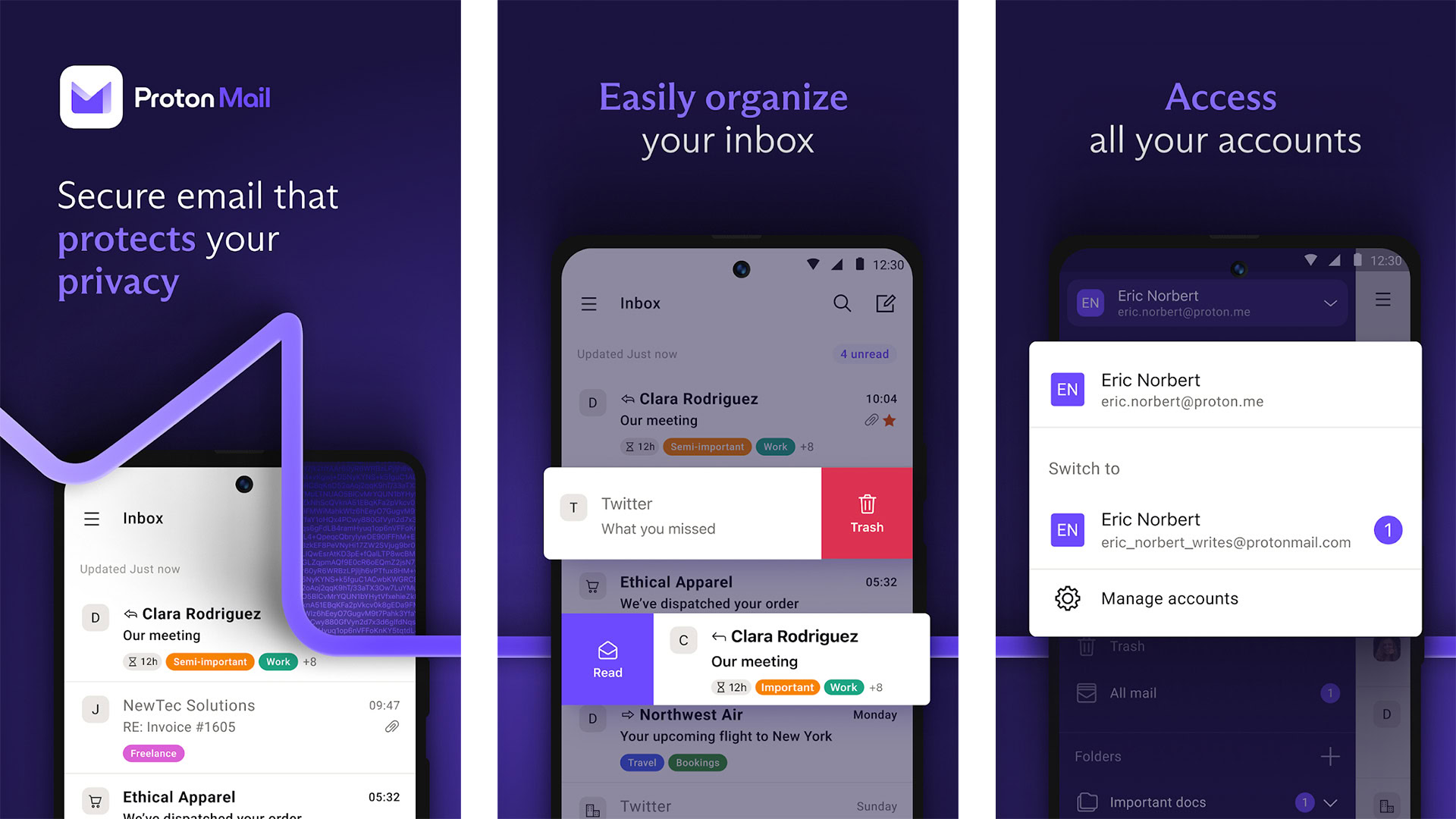
ProtonMail is a great email client for security-minded folks. The app boasts end-to-end email encryption. That means the only two people who can read your emails are you and the person you’re emailing. The app also boasts OpenPGP support, self-destructing emails (where supported), and most typical stuff like labels and organization features. This one does store emails on a server. However, that server is completely encrypted, and no one can read them, not even ProtonMail. Some email features require a monthly subscription that includes all of Proton Mail’s features.
Spark Email
Price: Free / $7.99 per month / $59.99 per year
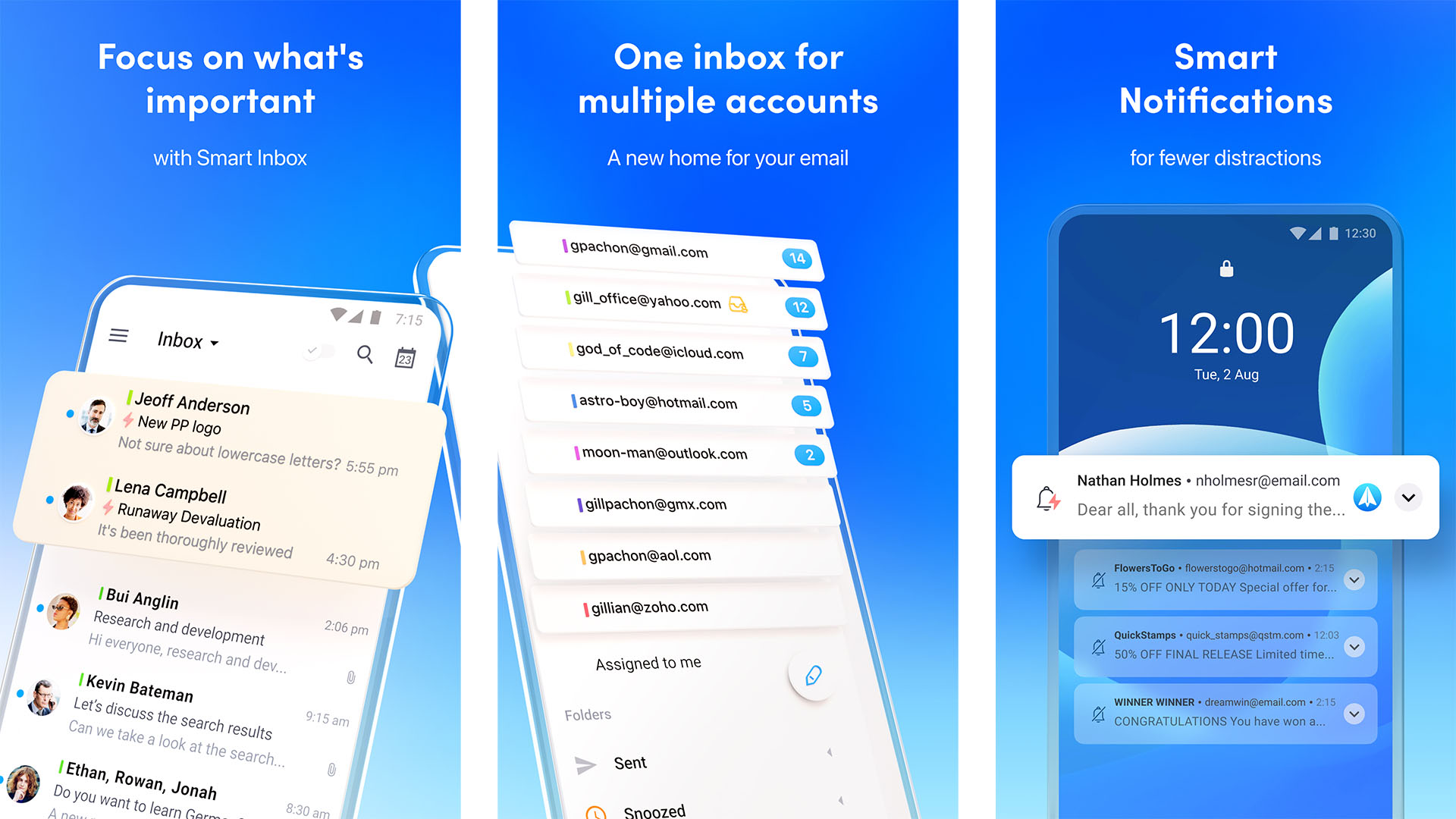
Spark Email had a rather significant overhaul in 2022. In addition to a new UI and features, the service introduced a subscription service with more power-oriented features. You can still use the free version and get most of the features, though, so we’re leaving it on the list for now. The app is best known for its unified inbox with intelligent sorting, so you only see the emails that matter. It works well, which is good since it’s the central feature. Some other features include blocking senders, muting email threads you don’t care about, and more. There is also a teams feature if you’re looking at this for business use. It’s a serviceable option, although its recent redesign has left some users miffed at the subscription.
Temp Mail
Price: Free
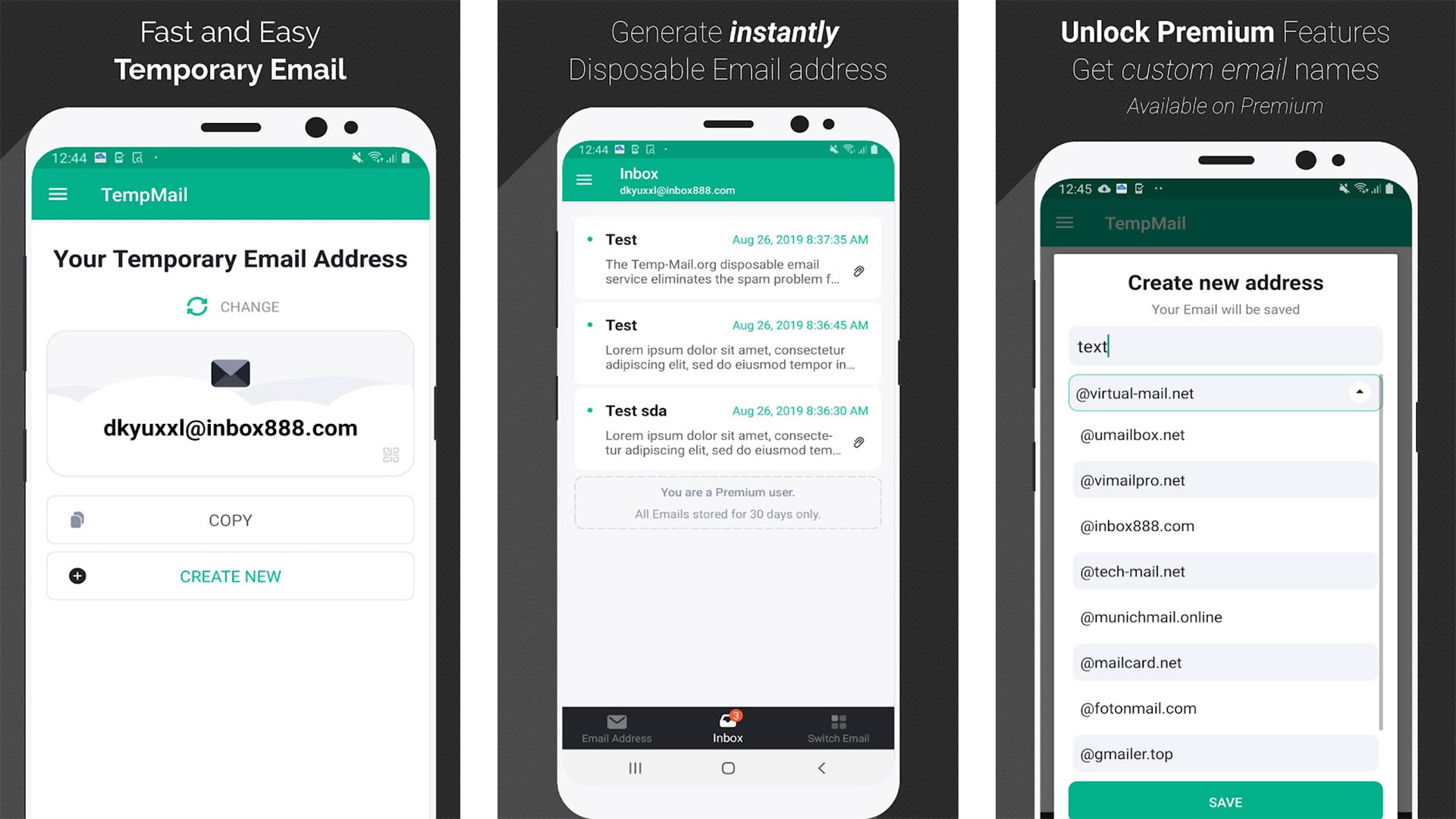
Temp Mail is a neat idea for an email app. It lets the user create temporary, disposable email addresses for one or two time uses. You can create one to receive files from another person or create one to sign up for a thing that would send you a spam email. It doesn’t require registration; your email is disposed of when you’re done. It also supports multiple languages and QR code support; you can make custom email names. This is a decently good bridge between the two in a world where spam and privacy are things.
TypeApp Email
Price: Free / Up to $69.99
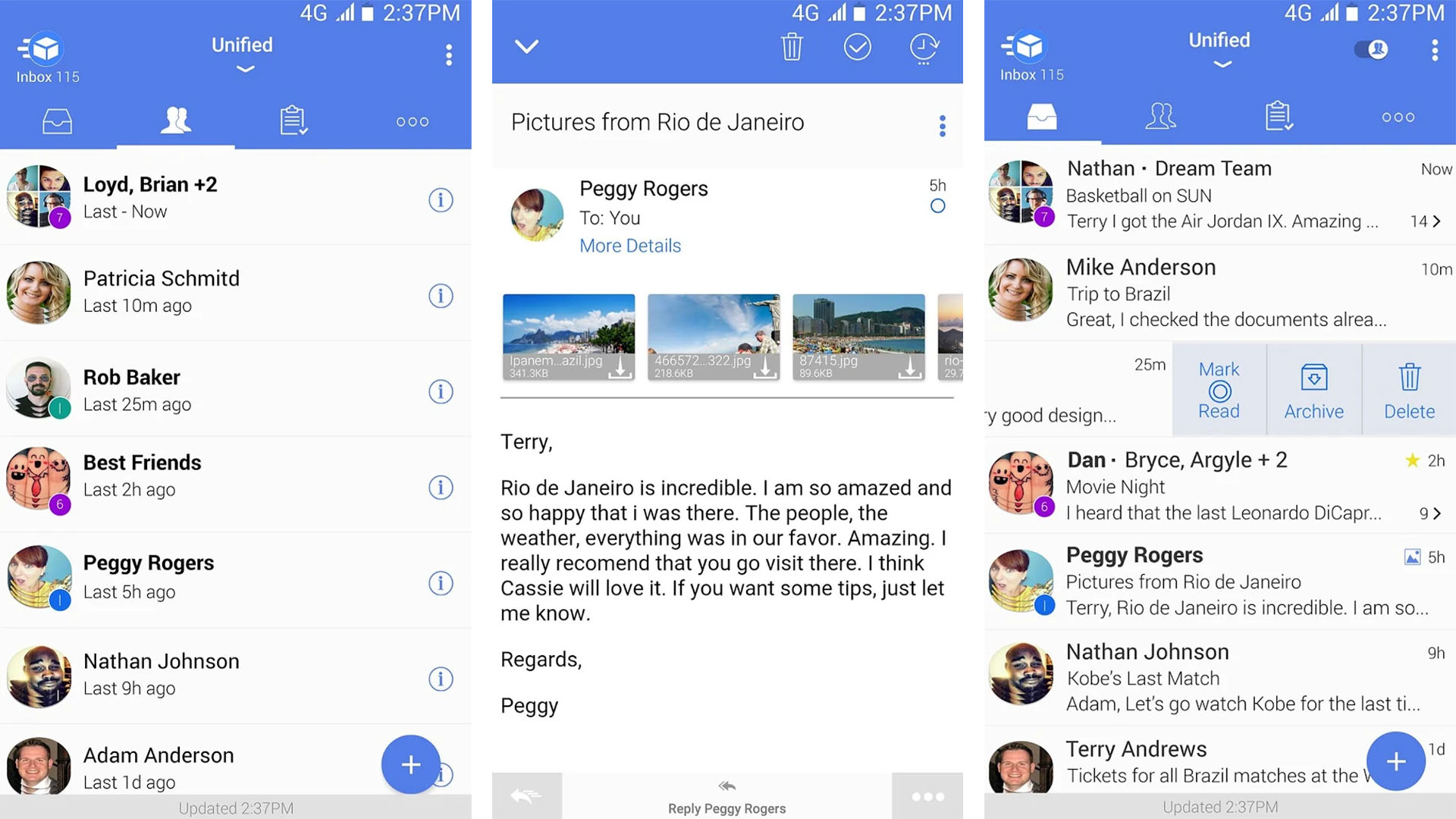
TypeApp Email is a fairly run-of-the-mill email client. It does all of the stuff you would expect. That includes support for most email services, a unified inbox, push notifications, rich text emails, wireless printing support, and other valuable features. You also get Wear OS support, a dark mode, themes, and other customization features. It certainly won’t blow your mind. However, it’s a good, simple email app that does what it says it does. We also liked the Material Design UI in our testing and the relatively simple method of switching accounts. It reminds us a lot of Blue Mail in terms of its UI. In any case, it’s good; it’s just not exciting.
Email App for Any Mail
Price: Free
Individual clients like Yahoo
Price: Free (usually)
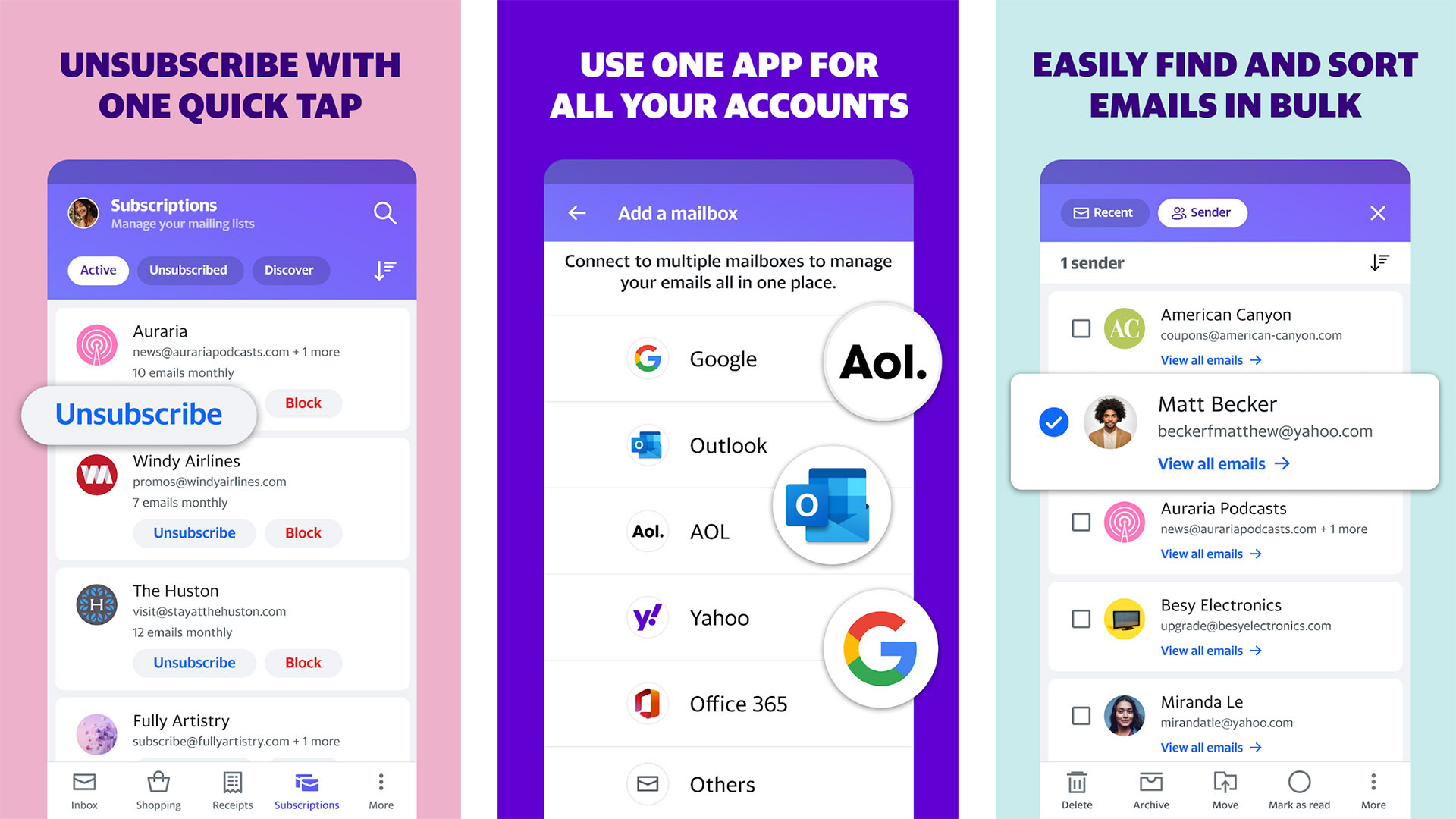
The thing is that most third-party email apps work just fine. However, there is advantageous to just using the individual app for your email service. We listed Gmail above because it comes pre-installed on most devices anyway. However, others like Yahoo Mail don’t. They hook directly into the service and can do things that third-party clients simply can’t. For instance, Yahoo Mail includes features like Travel View, more granular notification options, and themes. If you have only one email and it’s not a Gmail account, you may consider using the official app to get the most out of it.
If we missed any of the best email apps for Android, tell us about them in the comments.
